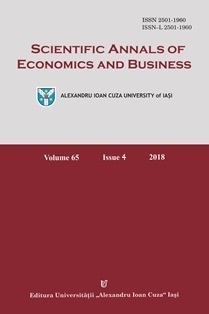On the Gains of Using High Frequency Data in Portfolio Selection
On the Gains of Using High Frequency Data in Portfolio Selection
Author(s): Rui Pedro Brito, Helder Sebastião, Pedro GodinhoSubject(s): Economy, Business Economy / Management, Financial Markets
Published by: Editura Universităţii »Alexandru Ioan Cuza« din Iaşi
Keywords: Portfolio selection; utility maximization criteria; higher moments; high frequency data;
Summary/Abstract: This paper analyzes empirically the performance gains of using high frequency data in portfolio selection. Assuming Constant Relative Risk Aversion (CRRA) preferences, with different relative risk aversion levels, we compare low and high frequency portfolios within mean-variance, mean-variance-skewness and mean-variance-skewness-kurtosis frameworks. Using data on fourteen stocks of the Euronext Paris, from January 1999 to December 2005, we conclude that the high frequency portfolios outperform the low frequency portfolios for every out-of-sample measure, irrespectively to the relative risk aversion coefficient considered. The empirical results also suggest that for moderate relative risk aversion the best performance is always achieved through the jointly use of the realized variance, skewness and kurtosis. This claim is reinforced when trading costs are taken into account.
Journal: Scientific Annals of Economics and Business
- Issue Year: 65/2018
- Issue No: 4
- Page Range: 365-383
- Page Count: 19
- Language: English

